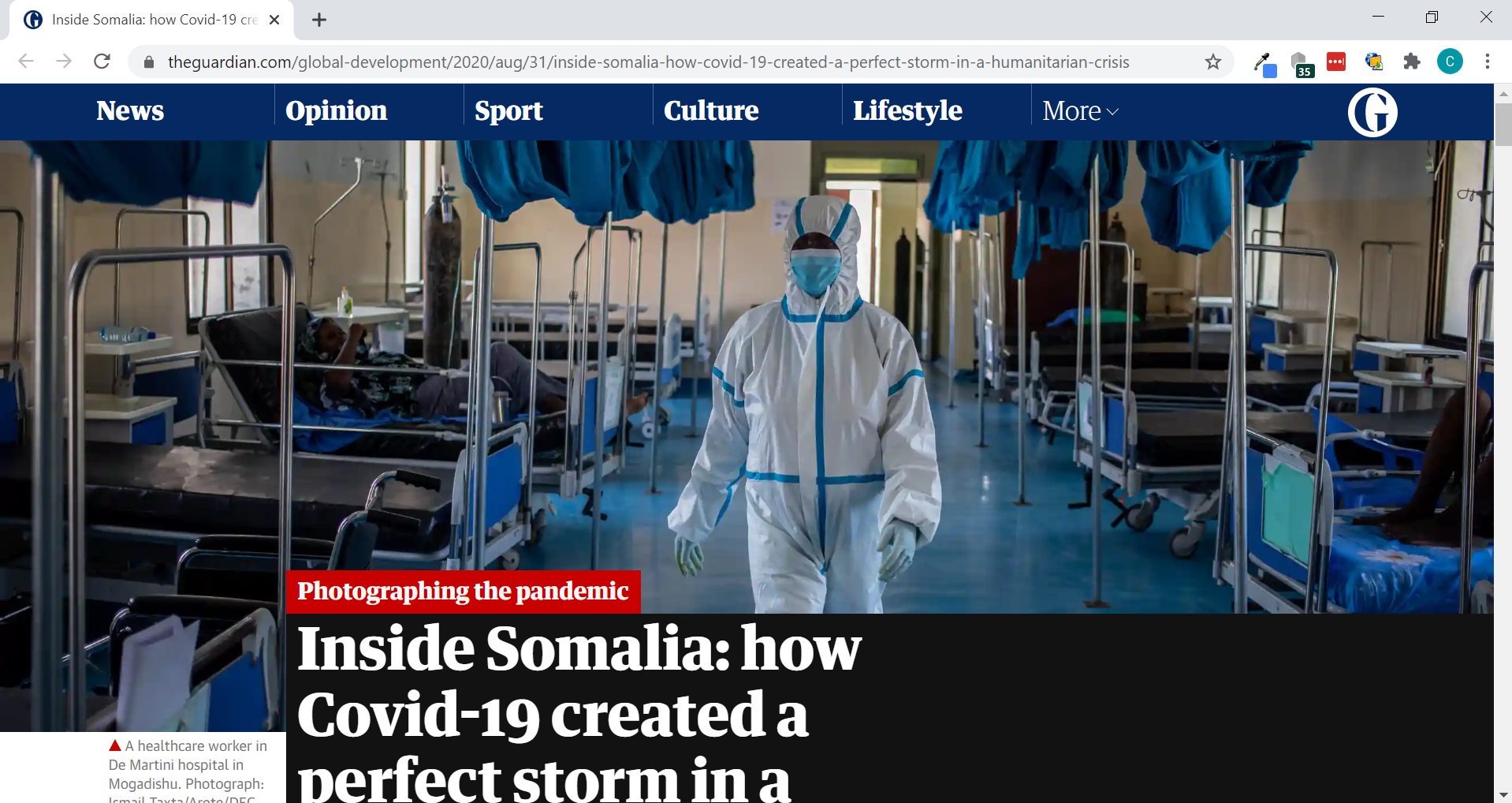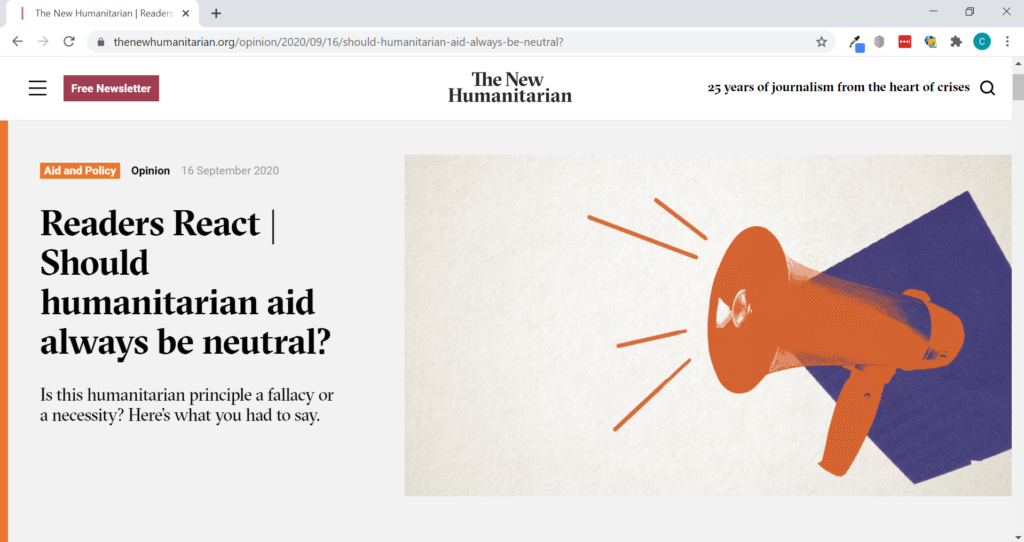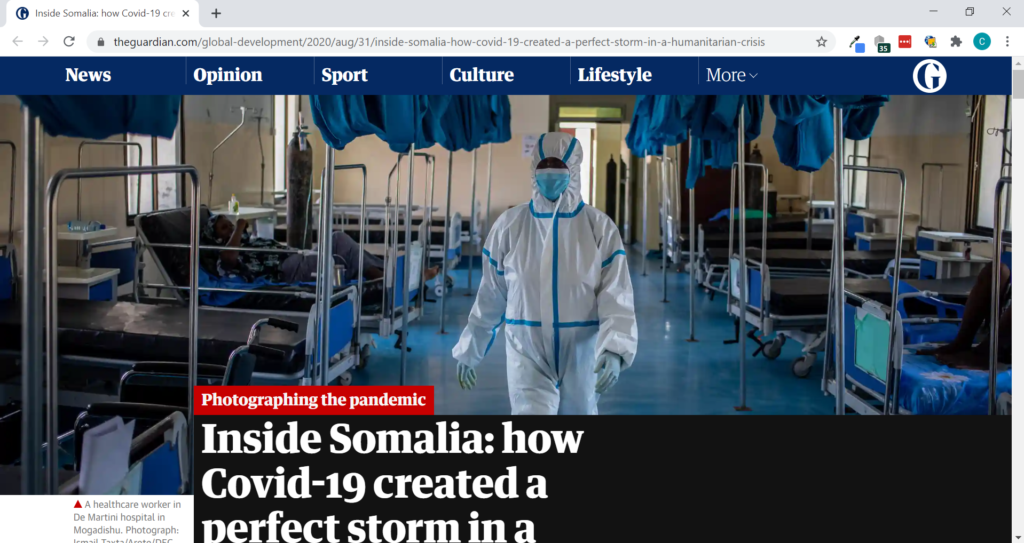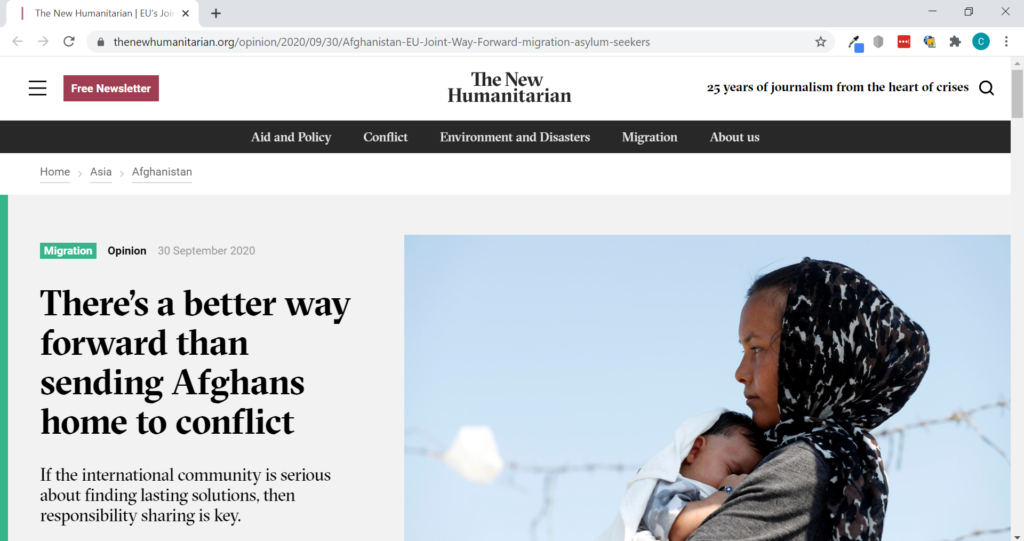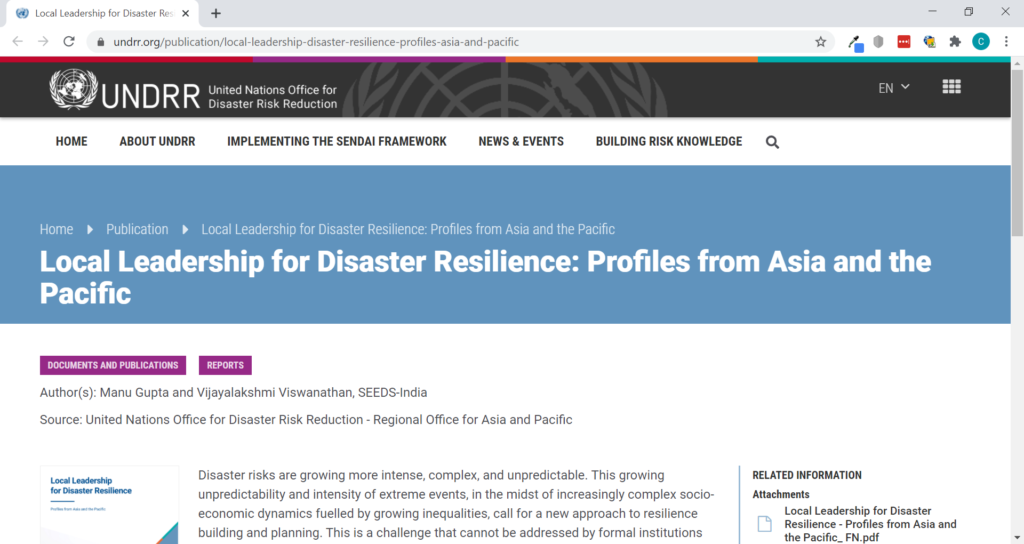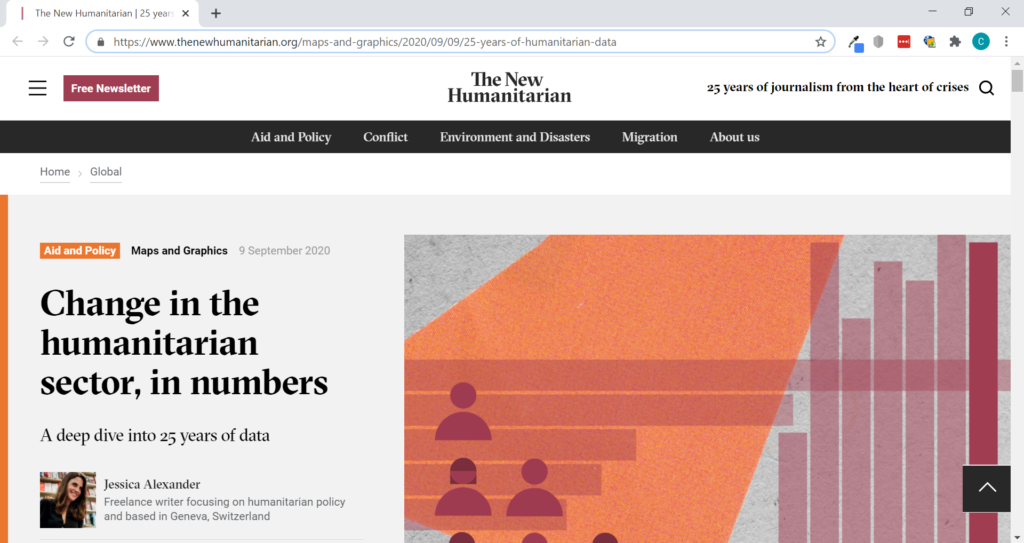The five articles you should have read as humanitarian in September 2020
This summer I gave myself a challenge. Share each month the five articles, reports, work, writings you should have read in/about/on the humanitarian sector. I started this blog a long time ago and currently working like crazy to get Solvoz up and running. In the meantime I am catching up on work of others, sometimes friends, some former colleagues or persons known in the sector. About what is happening or more general analysis. I just love to keep on learning, being informed, challenge my thinking. Hence finally up for the challenge…
What about making a selection, each month, to share? Spending each month a moment to select those that I think or would recommend anybody to read. Hereby my first month, September 2020. What should you have read or seen? I will (try to) stick to five articles max… each month… promised!
First read, challenge your thinking: Should humanitarian aid always be neutral?
The first time in a while I tweeted again, was my reflection as a reader of this opinion piece. Hugo Slim, (a long long long term humanitarian thinker, ethicist, academic, former policy chief at the International Committee of the Red Cross (ICRC) and so much more ) wrote an article, published last August (see here ) outlining his argument that you don’t have to be neutral to be a good humanitarian.
Such an article could only enable follow ups… this article consists of readers reflections. Do you need to be neutral to be
a good humanitarian? The core principles, written inside many humanitarians hearts, as embedded in our lives and thinking that Humanitarian aid workers must not take sides in hostilities or engage in controversies of a political, racial, religious, or ideological nature.
Please read the full article with readers reflections here
In case you are interested about my reflection… my tweet following this article was this:
Call me classic but for me humanitarianism has at its core to not take sides re who to support, Neutrality in the simple sense. Many "streams" of aid exists, don't jeopardize one of them. https://t.co/5KfK5PsgMz
— Claire Barnhoorn (@ClaireBarnhoorn) September 18, 2020
Inside Somalia: how Covid-19 created a perfect storm in a humanitarian crisis
While actually published last day of August, I do list it here, since I read (or viewed) it in September. “Covid could be ‘the straw that breaks the camel’s back’ health workers warn. Photographers Fardosa Hussein and Ismail Taxta captured a country battling seemingly insurmountable odds.”
Photographers that write about their experience, their visits into treatment centres. “A camera usually attracts attention but now I felt invisible as the medical staff rushed around me, going from patient to patient or trying to change oxygen tanks. I was just trying to stand to the side and not to interfere.”
A must
and captivating read and visuals, inside Somalia.
There’s a better way forward than sending Afghans home to conflict
A very good overview and opinion article by Evan Jones . I would recommend that seriously each EU based policy officer involved in returning refugees to read this. Durable solutions for Afghan refugees will only materialise through international solidarity and the genuine pursuit of shared responsibility.
Displacement is complex and multi-faceted, a very good article regarding Afghan displacement. If the international community is serious about finding lasting solutions, then it will require a comprehensive approach.
Getting the figures… there are more than 2.9 million internally displaced persons in Afghanistan (according IDMC – International Displacement and Migration Centre based in Geneva). Most Afghan refugees are hosted in neighbouring
countries, like Pakistan (estimated 1,4 million registered and 500,000 unregistered), Iran (between 1,5 and 2 million) and Turkey (170,000 registered). From 2015 and 2016… 250,000 Afghans made their way to Europe in search of security and safety.
The Joint Way Forward agreement as signed by the EU and Afghanistan in 2016 is expiring on October 6th. The EU is currently negotiating an extension. Read Evan Jones article here, how the deal fails to acknowledge two crucial factors.
UNDRR Report - Local Leadership for Disaster Resilience: Profiles from Asia and the Pacific
UNDRR released a report, called Local Leadership for Disaster Resilience. Where most reports from UN agencies tend to be long reads, this report totals 28 pages only. As no-brainer, we all know that local leaders are a valuable partner in all DRR activities. However with the obsession in DRR programming with structures, processes, and tools means the vital role of local leaders however often gets overlooked. This publication aims to recognise and champion it.
Currently, disaster risks are growing more intense, complex, and unpredictable. This growing unpredictability and intensity of extreme events, in the midst of increasingly complex socio-economic dynamics fuelled by growing inequalities, call for a new approach to resilience building and planning. With a deep understanding of their contexts, local leaders are a vital cog in the wheel of resilience building. They have a unique ability to reach excluded communities who lack access or fall outside the gambit of large-scale programming.
Please find the introduction and full report to download here.
Change in the humanitarian sector, in numbers
The last article coming also from the New Humanitarian, a deep dive into 25 years of data. The introduction of the article says it all: “Once a small collection of loosely organised groups, the humanitarian system has seen staggering expansion over the last couple of decades. Today, a multi-billion-dollar industry operates around the globe, employing hundreds of thousands of people and pumping out reams of reports and information.”
The two authors (Jessica Alexander & Ben Parker) ploughed through 25 years of data – presenting a great overview, showing how the sector has changed. Presenting their analysis on all topics with great captivating visuals. A must read and moment of reflection for all of us!
